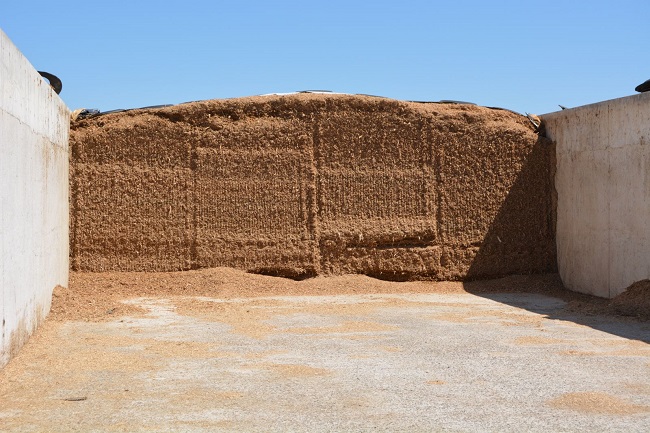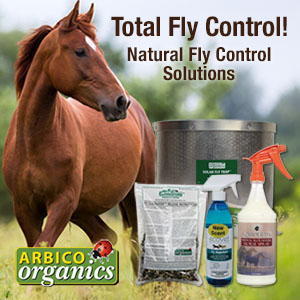
Enterococci are a group of bacteria with similar characteristics to streptococci. Very hardy bacteria, enterococci can survive harsh environmental conditions. These organisms can cause mastitis, like streptococci do, but unlike streptococci, are also used as silage inoculants. Based on this knowledge, we were curious as to whether these bacteria could also survive the ensiling process.
We conducted a study to examine the ability of two commercially available silage inoculants to survive the ensiling process in both grass and corn crops. In a laboratory setting, we applied split harvested corn and grass crops into three treatment groups (Inoculant 1, Inoculant 2 and a negative control). Inoculants were applied according to manufacturer’s directions and the crops were sealed to mimic the environmental conditions of a silo.
We examined the enterococci count prior to inoculant application, and then after 1, 2 and 3 weeks of ensiling. Preliminary data suggest an increased number of enterococci on inoculated grass samples as compared to the negative control after the 3-week ensiling process. However, inoculation of the corn silage did not appear to increase the enterococci count following the third week of ensiling compared with the negative control.
In all groups (inoculated and negative control), there were enterococci present after the 3-week study. These preliminary data suggest enterococci can survive the harsh conditions of an ensiling period. You may be asking yourself, ‘why should I care?’. If enterococci can survive the low pH seen during ensiling, I would venture to guess they can also survive the GI tract of the dairy cow. If we are feeding silage with a high count of enterococci and they in fact can survive the GI tract, these bacteria will be found in the manure. Subsequent mastitis may occur through teat end exposure in the environment.
This is a big puzzle, with many more pieces to put together. If this indeed the case, we may want to choose different bacteria as silage inoculants. Silage inoculants serve an important process in the production of quality feed and the preservation of nutrients. However, there are many different types of bacteria that can act to preserve nutrients and improve the fermentation process.
If we prove the hypothesized link, the recommendation would be to alter the bacterial populations in the silage inoculants, as opposed to the elimination of this effective feed management practice.
Dairy Pipeline: Christina Petersson-Wolfe Extension Dairy Scientist. Virginia Cooperative Extension
Related Articles & Free Email Newsletter
How Blankets Can Help Young Dairy Calves
How Milking Equipment Function Can Affect Milk Quality & Production




Comment here